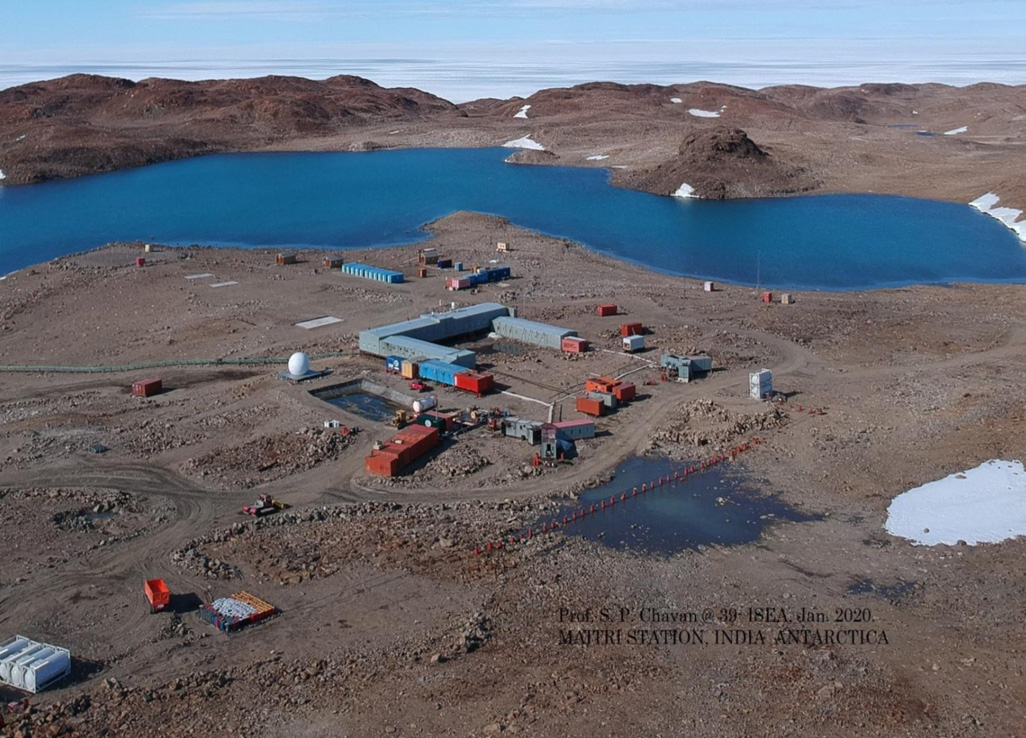Abstract: River Noyyal, an important tributary of the Cauvery, was a significant source of water in Coimbatore, Tiruppur, Erode and Karur districts in the 1980s. Since the 1990s, effluent discharge from the dyeing and bleaching units in and around Tiruppur has ecologically damaged the river basin, bringing agriculture to a standstill. Despite judicial intervention and the setting up of common effluent treatment plants, the water quality remains unchanged.
The authors are Assistant Professor, Department of Environmental Management, Bharathidasan University, Tiruchirappalli; Director, Akara Research and Technologies, Chennai; and, Research Scholar, Salim Ali centre for Ornithology and Natural History, Coimbatore respectively. nishadhka@gmail.com
TO READ THE FULL ARTICLE
Already have an account? Log In
Keep reading with one of these options :
OR
Free
Limited Articles
Create an account
